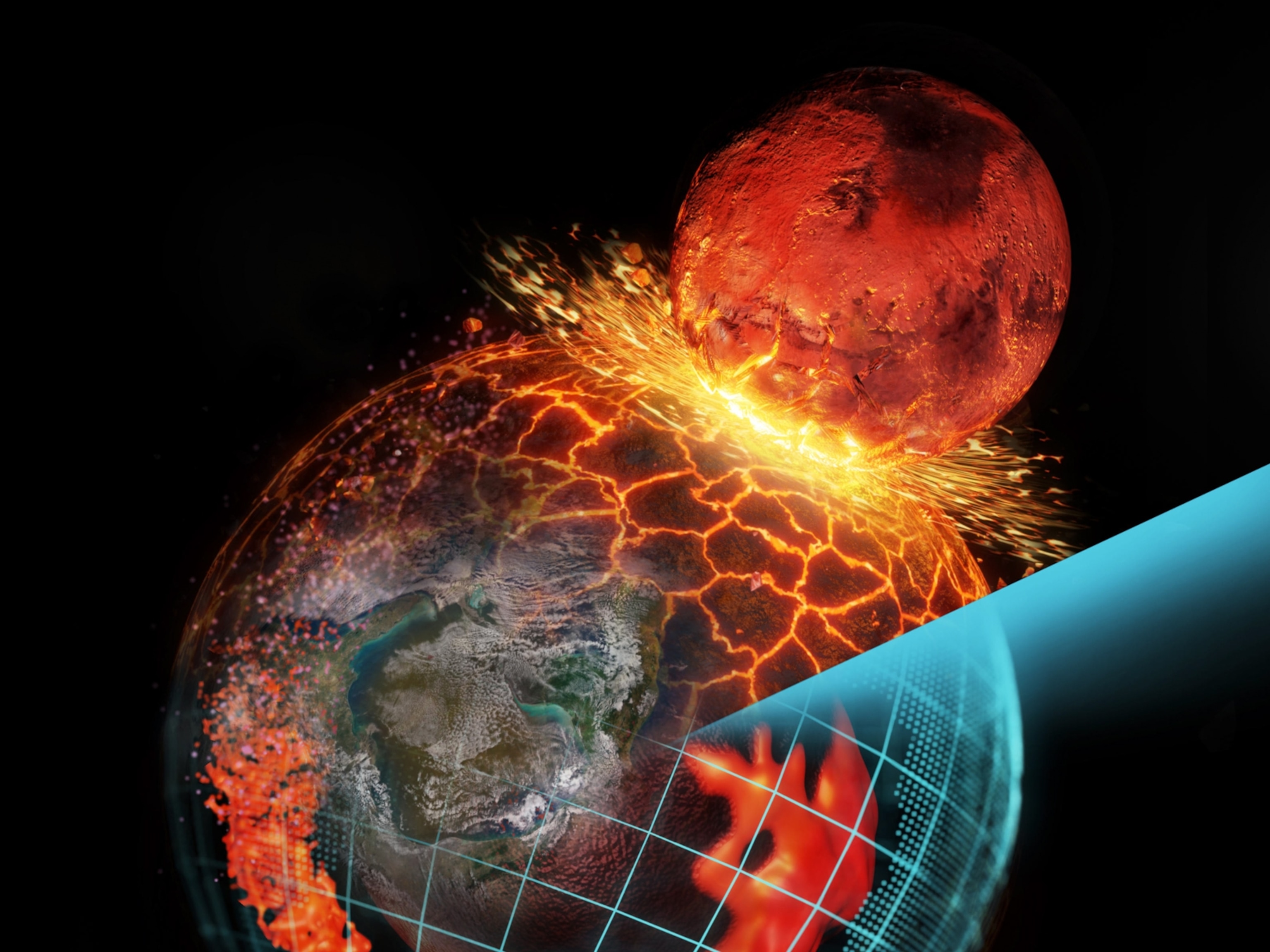
New Planets Found in Star Cluster—Would Have Dazzling Nights
"Nighttime would be noticeably brighter and more beautiful."
For the first time, planets have been detected around sunlike stars within a cluster of stars. The find suggests that planet hunters may want to cast an even wider net—and conjures images of worlds where starry nights outshine anything seen from Earth.
The new planets, dubbed Pr0201-b and Pr0211-b, are both "hot Jupiters"—gas giants that orbit extremely close to their parent stars, yielding planetary temperatures in the thousands of degrees and making life as we know it impossible.
Some 550 light-years away in the constellation Cancer, the new worlds' home, the Beehive cluster, packs in a thousand young stars, making it a popular target for backyard astronomers. (See star pictures.)
"Astronomical discoveries are always interesting, but with this one, you can point a small telescope—or even your finger—at the cluster and say with certainty, I'm looking at other worlds right now!" said astronomer Sam Quinn, lead author of the study detailing the find in the latest issue of the journal The Astrophysical Journal Letters.
Quinn and his team found these b's in the Beehive by measuring the velocities of 53 stars using the 1.5-meter telescope at the Fred Lawrence Whipple Observatory in Arizona.
Their observations uncovered telltale wobbles and in two sunlike stars—so-called Doppler shifts. Such variances occur when an orbiting planet's gravity gently tugs a star toward or away from us, causing the star's light to shift slightly between shorter and longer wavelengths.
Sun-like stars are similar in age and mass to our own sun and release energy steadily over billions of years—just-right conditions for the formation of potentially habitable planets.
Cluster Planets Common?
Why we have never before seen planets around sunlike stars within clusters? It could be that we just haven't been looking enough.
"We weren't sure if planets were likely to form there, so not many groups have focused their telescopes on cluster members," said Quinn, a Ph.D. student at Georgia State University.
The new find, he added, is probably no fluke. The Beehive, after all, is a fairly run-of-the-mill star cluster—there are thousands like it in our galaxy alone.
"Our study suggests that planets may be just as common in clusters as they are around [isolated] stars," Quinn said, "so I suspect we'll start to see planet hunters paying more attention to open clusters."
The Greatest Show off Earth?
If the fairly regular orbits of the newfound worlds are any indication, planetary systems in star clusters have every chance of being stable. Cluster stars don't appear to be so close together that they would disrupt planetary orbits, Quinn said.
That stability makes it more likely that cluster-based systems might host relatively small, rocky worlds like Earth, Quinn said. Such places could possibly be friendly to life and would definitely be friendly to stargazers. (Also see "NASA's Kepler Finds Two Earth-Size Planets Around Sunlike Star.")
"On a planet near the center of a cluster like the Beehive, several hundred of the stars in the cluster would be visible to the naked eye," Quinn said. And given their density and proximity, "dozens of them would be several times brighter than the brightest stars in our sky here on Earth."
"No doubt nighttime would be noticeably brighter and more beautiful for a cluster dweller."





